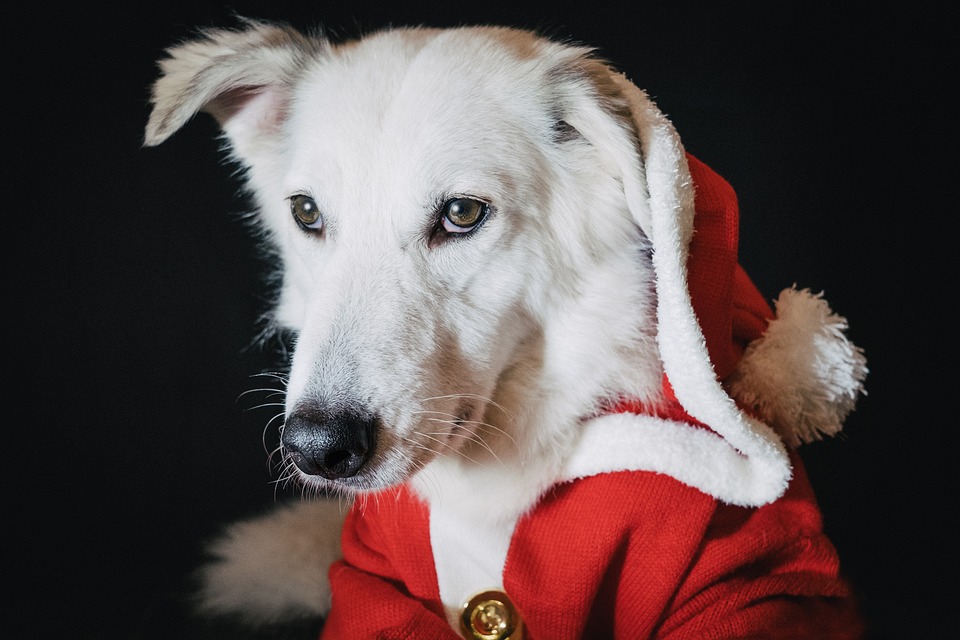Title: Stopping Dogs from Chasing or Barking at Squirrels: Effective Strategies for a Peaceful Walk
Introduction: Understanding the Natural Instincts
Dogs have an innate instinct to chase and bark at small, fast-moving creatures like squirrels. While this behavior may seem harmless, it can pose risks to your furry friend’s safety and disrupt your peaceful walks. Fortunately, there are several effective strategies you can employ to train your dog to resist the urge to chase or bark at squirrels. In this article, we will explore these strategies and provide answers to frequently asked questions on this topic.
Understanding the Root Causes: Why Do Dogs Chase and Bark at Squirrels?
Before diving into the training techniques, it’s essential to understand why dogs exhibit such behavior. Here are the primary reasons behind this natural instinct:
1. Prey Drive: Dogs are descendants of wolves, and their prey drive is deeply ingrained. The sight of a fast-moving squirrel triggers their predatory instincts, urging them to give chase.
2. Territorial Behavior: Squirrels often invade a dog’s perceived territory, such as their backyard or favorite walking route. Dogs may bark at them to defend their space.
Training Techniques to Curb Chasing and Barking Behavior
1. Basic Obedience Training: A well-trained dog is more likely to respond to commands, making it easier to control their impulses. Start with basic commands like “sit,” “stay,” and “leave it” to establish a foundation of obedience.
2. Distraction and Redirection: Carry treats or a favorite toy during walks to redirect your dog’s attention away from squirrels. When you spot a squirrel, command your dog to “sit” or “stay” while offering the distraction. Reward them for complying with the command.
3. Desensitization: Gradually expose your dog to squirrels in controlled environments, such as using videos or introducing them to calm squirrels in a park. Reward your dog with treats and praise for remaining calm and not engaging in chasing or barking behavior.
4. leash Training: Utilize a sturdy leash and practice loose-leash walking techniques to maintain control over your dog’s movements. This ensures they cannot sprint after squirrels and helps redirect their focus back to you.
5. Professional Training: If your dog’s chasing or barking behavior persists despite your efforts, consider seeking assistance from a professional dog trainer or behaviorist. They can provide specialized training techniques tailored to your dog’s needs.
FAQs: Common Concerns and Expert Answers
Q1. Can I completely eliminate my dog’s instinct to chase or bark at squirrels?
A1. While you cannot completely eliminate your dog’s instinct, you can train them to control their impulses and respond to your commands.
Q2. Is it possible to train an older dog who has been chasing squirrels for years?
A2. Yes, it is possible to train older dogs. Patience, consistency, and positive reinforcement are key. Seek professional help if needed.
Q3. Are certain dog breeds more prone to chasing or barking at squirrels?
A3. Some breeds have a stronger prey drive than others, such as terriers or hounds. However, with proper training, any dog can learn to resist the urge to chase or bark at squirrels.
Q4. How long does it typically take to see results in curbing chasing or barking behavior?
A4. Training results vary depending on the dog’s age, breed, and individual temperament. Consistency and repetition are crucial, and results may be noticeable within a few weeks to several months.
Q5. Should I punish my dog for chasing or barking at squirrels?
A5. No, punishment can create fear and anxiety in your dog. Focus on positive reinforcement techniques, rewarding desired behavior, and redirecting their attention.
Conclusion: Enjoying Peaceful Walks with Your Canine Companion
By understanding your dog’s natural instincts and employing effective training techniques, you can successfully train your furry friend to resist the urge to chase or bark at squirrels. Remember, consistency, patience, and positive reinforcement are key to achieving long-lasting results. With dedication and effort, you and your dog can enjoy peaceful walks together, appreciating the beauty of nature without any unwanted squirrel-related incidents.









